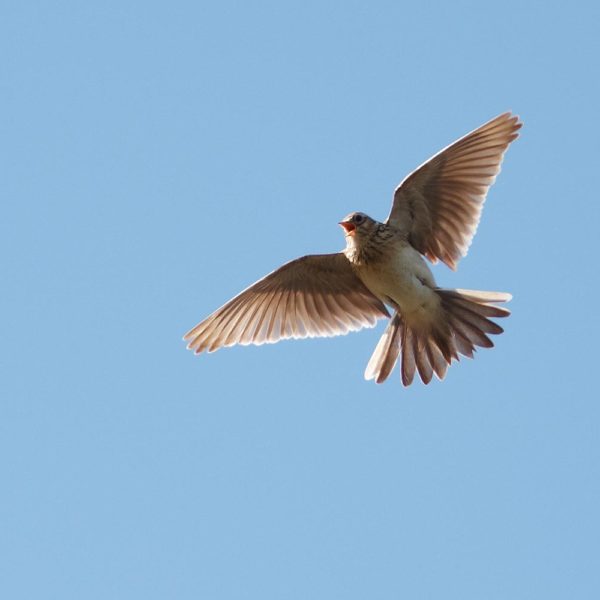Key Facts
- Length: 18cm
- Wingspan: 33cm
- Weight: 35-40g
Male skylarks can be spotted rising almost vertically from farmland, grassland, salt marshes and moorland and effortlessly hovering and singing from a great height before parachuting back down to earth.
Long complicated, beautiful song-flights can last for up to an hour and the birds can reach 300m before descending. They’ll also sing from perches such as fence posts or large rocks. Despite their aerial activities, skylarks nest on the ground, laying three to four eggs. Chicks become independent after only two weeks and parents can have up to four broods in a breeding season.
How to Identify
If seen singing, the Skylark is unmistakeable. A streaky brown bird with a crest, the Skylark is larger, with a longer tail, than the Woodlark (a rare bird of heathland and woodland edge in south-east England). It is much larger than the meadow pipit, which has a thinner bill and no crest, but is a similar size to the corn bunting which has a much thicker bill.
Where to find
Widespread.
How People Can Help
Skylark populations have dramatically declined in recent years, more than halving since the 1980s. This decline is due to changes in agricultural practices and habitat loss. The Wildlife Trusts are working closely with farmers and landowners to promote wildlife-friendly practices to help the skylark and other farmland birds, such as leaving winter stubble and providing field margins. We are working towards a ‘Living Landscape’: a network of habitats and wildlife corridors across town and country which are good for both wildlife and people. You can support this greener vision for the future by joining your local Wildlife Trust.
Did you know?
The song of the skylark has been the subject of many works of literature and music Chaucer to Shelley, Vaughan Williams to jazz.
Similar Species
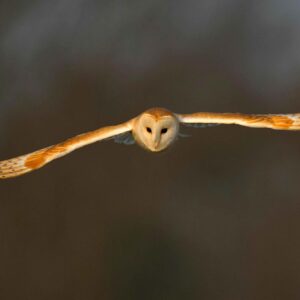
Barn Owl
- Birds
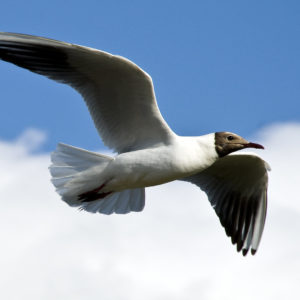
Black-Headed Gull
- Birds
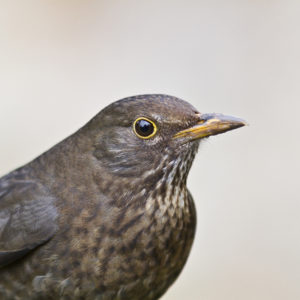
Blackbird
- Birds
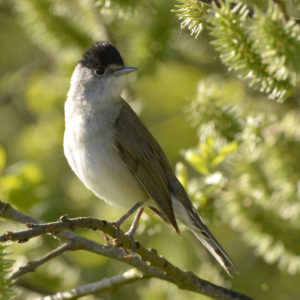
Blackcap
- Birds
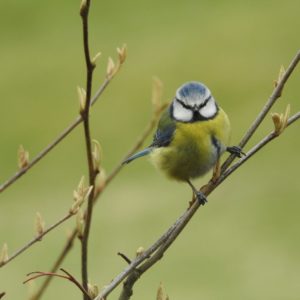
Blue Tit
- Birds
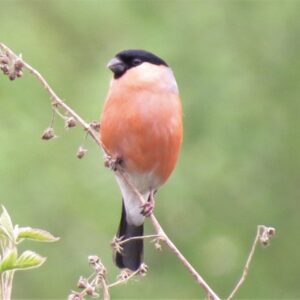
Bullfinch
- Birds
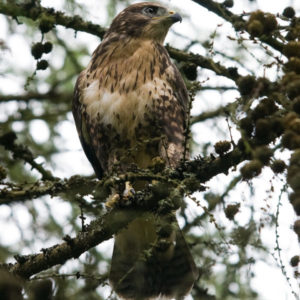
Buzzard
- Birds
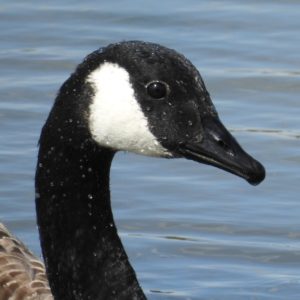
Canada Goose
- Birds
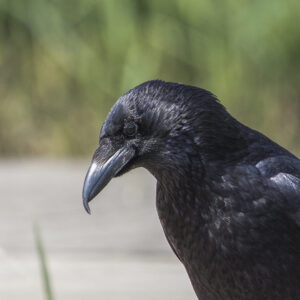
Carrion Crow
- Birds
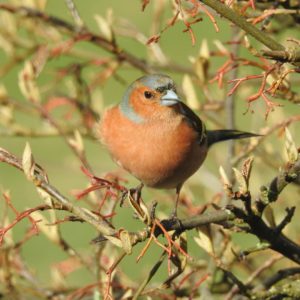
Chaffinch
- Birds
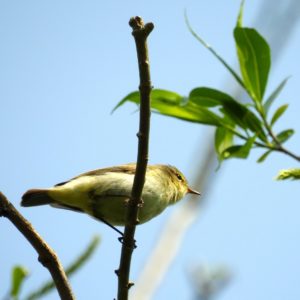
Chiffchaff
- Birds
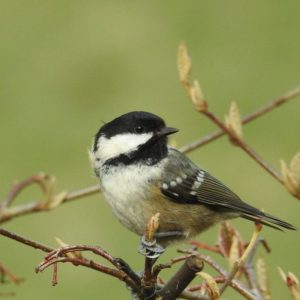
Coal Tit
- Birds
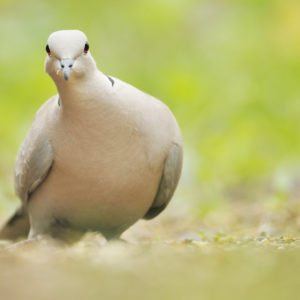
Collared Dove
- Birds
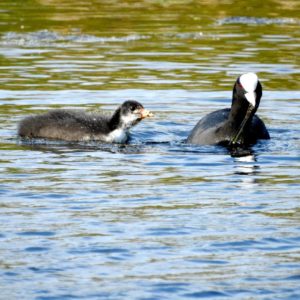
Coot
- Birds
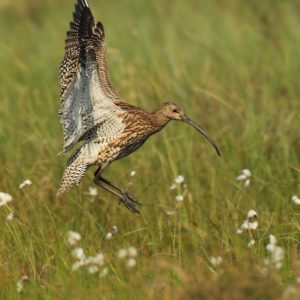
Curlew
- Birds
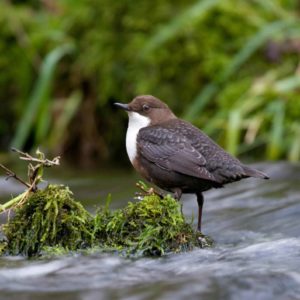
Dipper
- Birds
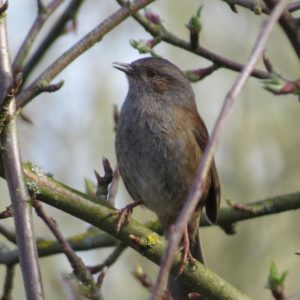
Dunnock
- Birds
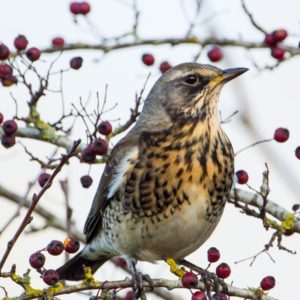
Fieldfare
- Birds
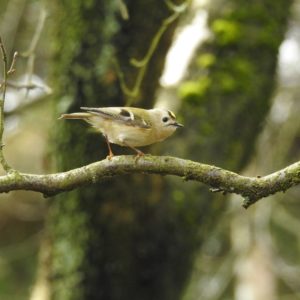
Goldcrest
- Birds
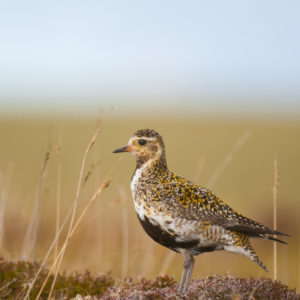
Golden Plover
- Birds
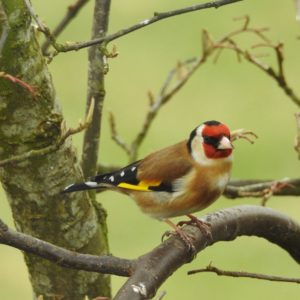
Goldfinch
- Birds
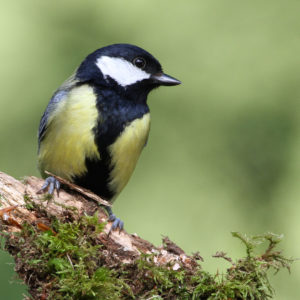
Great Tit
- Birds
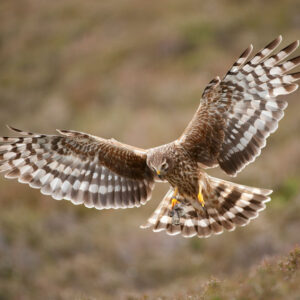
Hen Harrier
- Birds

Herring Gull
- Birds
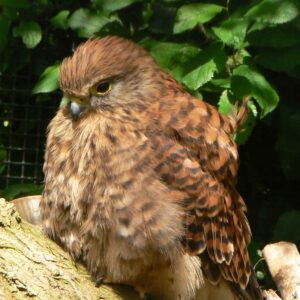
Kestrel
- Birds
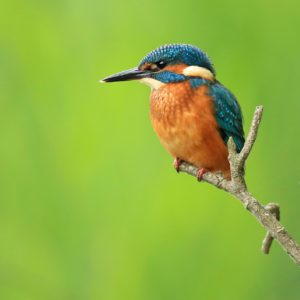
Kingfisher
- Birds
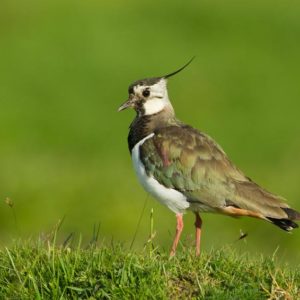
Lapwing
- Birds
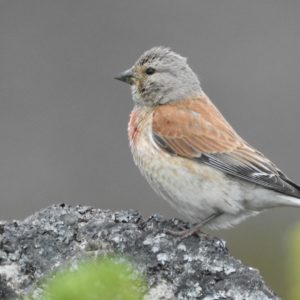
Linnet
- Birds
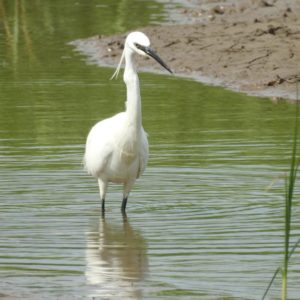
Little Egret
- Birds
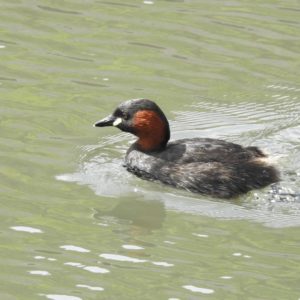
Little Grebe
- Birds
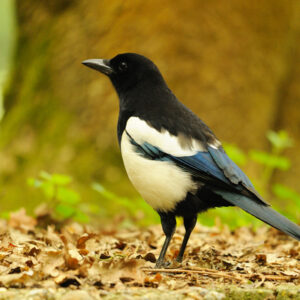
Long-Tailed Tit
- Birds

Magpie
- Birds
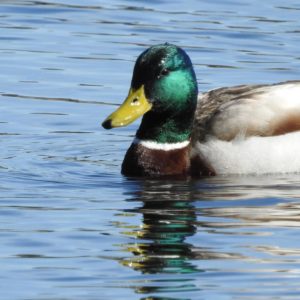
Mallard
- Birds

Mandarin Duck
- Birds
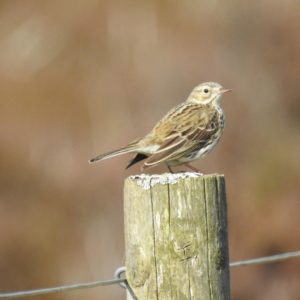
Meadow Pipit
- Birds
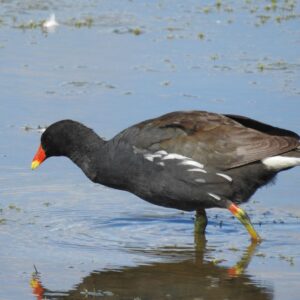
Moorhen
- Birds
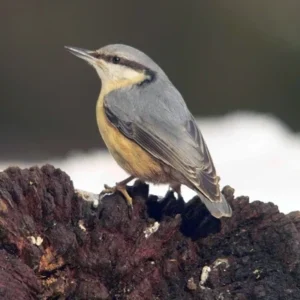
Nuthatch
- Birds
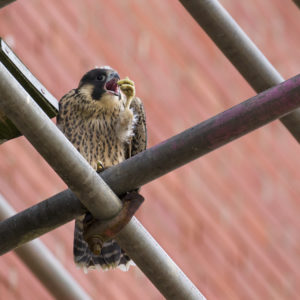
Peregrine falcon
- Birds
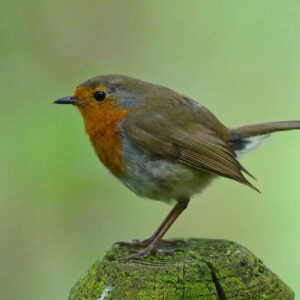
Robin
- Birds
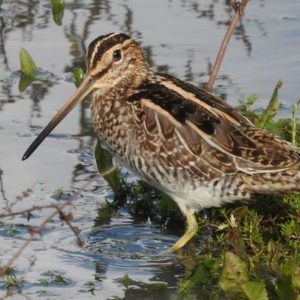
Snipe
- Birds
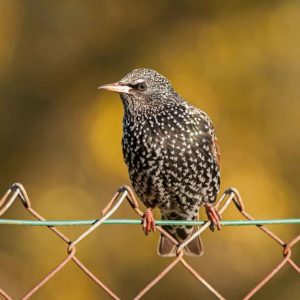
Starling
- Birds
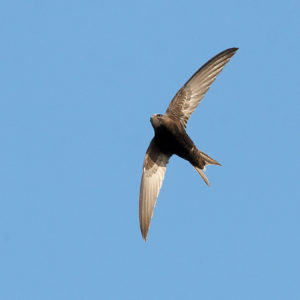
Swift
- Birds
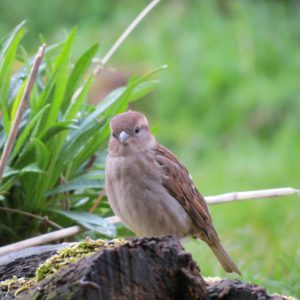
Tree Sparrow
- Birds
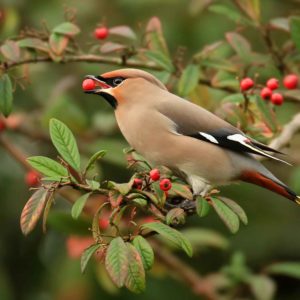
Waxwing
- Birds
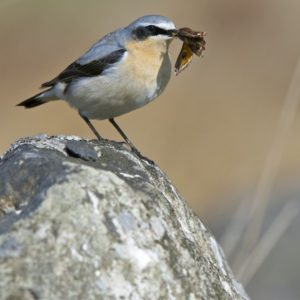
Wheatear
- Birds
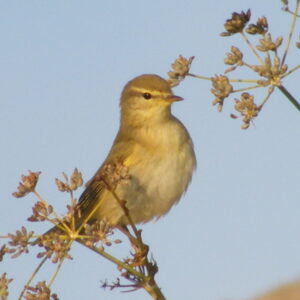
Willow Warbler
- Birds
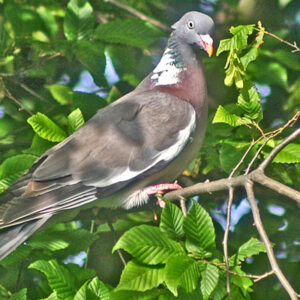
Wood Pigeon
- Birds
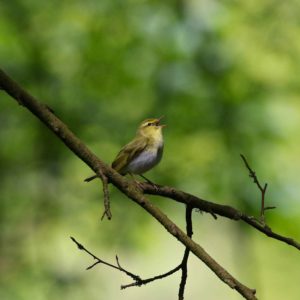
Wood Warbler
- Birds
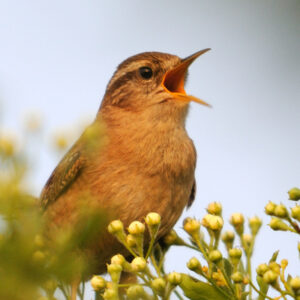
Wren
- Birds
